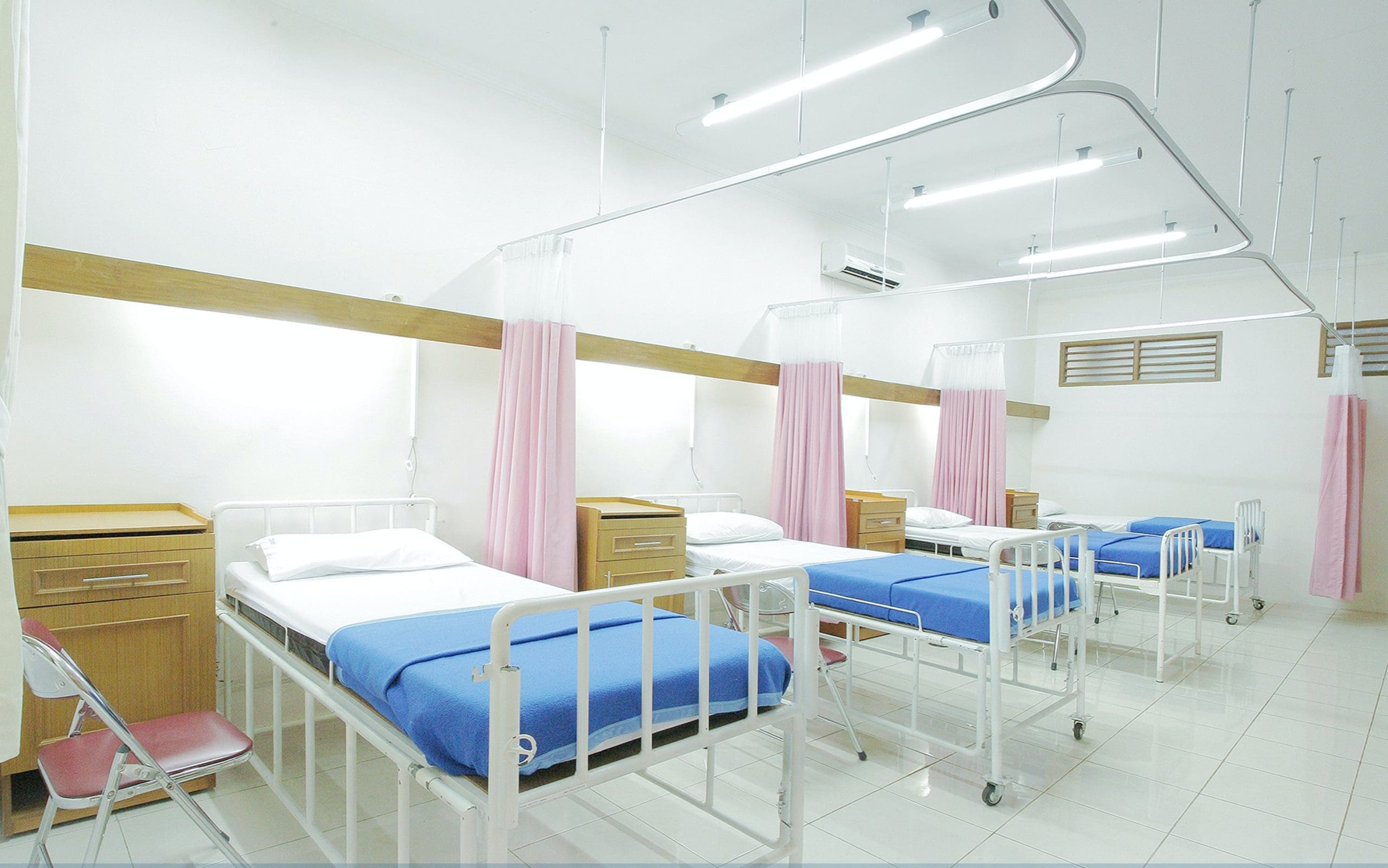Two common conditions caused by hospital-acquired infections killed 48,000 people and ramped up health care costs by $8.1 billion in 2006 alone, according to a study released Feb. 22 in the Archives of Internal Medicine. This is the largest nationally representative study to date of the toll taken by sepsis and pneumonia, two conditions often caused by deadly microbes, including the antibiotic-resistant bacteria MRSA. Such infections can lead to longer hospital stays, serious complications, and even death.
“In many cases, these conditions could have been avoided with better infection control in hospitals,” said Ramanan Laxminarayan, PhD, principal investigator for Extending the Cure, a project examining antibiotic resistance based at the Washington, DC think-tank Resources for the Future.
Laxminarayan and his colleagues analyzed 69 million discharge records from hospitals in 40 states. They zeroed in on infections that are often preventable, like a serious bloodstream infection that occurs because of a lapse in sterile technique during surgery, and discovered that the cost of such infections can be quite high: For example, patients who developed sepsis after surgery stayed in the hospital 11 days longer, and the infections cost an extra $33,000 to treat per person.
Even worse, the team found that nearly 20 percent of people who developed sepsis after surgery died as a result of the infection.
The researchers further found that people who developed pneumonia after surgery, which is also thought to be preventable, stayed in the hospital an extra 14 days. Such cases cost an extra $46,000 per person to treat. In 11 percent of the cases, the patient died as a result of the pneumonia infection.
This study was supported by the Robert Wood Johnson Foundation’s Pioneer Portfolio, which funds innovative ideas that may lead to breakthroughs in the future of health and health care.
For more information, go to www.extendingthecure.org.



















1 Comment.
There have been numerous studies of what causes hospital acquired infections but I have yet to see the basics being revisited. Short fingernails without polish, short or contained hair, uniforms etc. seem to have become unfashionable. On many personal encounters I have witnessed long hair hanging over the patient, long, fake, brown, polished nails, tech devices being handled while caring for a patient,and reluctant handwashing. We should individually be committed to being part of the solution.